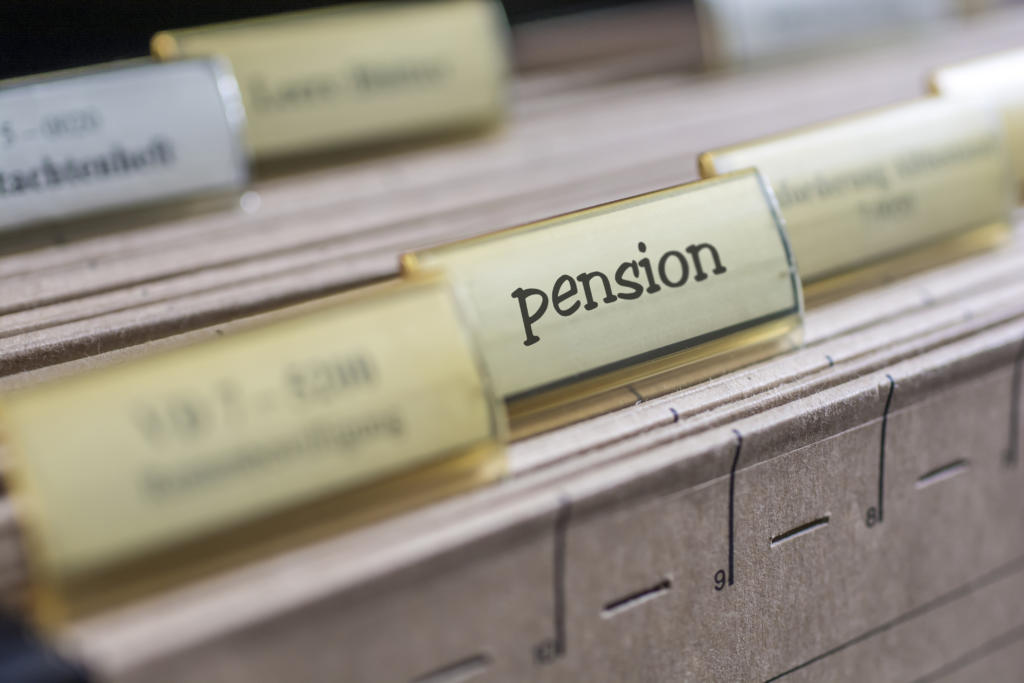
When considering financial settlement options in a divorce it is important to ensure all yours and your spouse’s assets are taken into account. Most often, people are concerned with addressing their more immediate needs, like providing a house for themselves and their children. However, you should not overlook pension funds that either you or your partner may have.
Pension sharing order
Following the introduction of the Welfare Reform and Pensions Act 1999 the Court was granted the power to make pension sharing orders.
So, what is a pension sharing order? In short, pension sharing involves making an order against the pension scheme (or schemes) belonging to a party to the marriage. The specific document making the order (a ‘pension sharing annex’) must state the percentage of the pension member’s scheme that is to be transferred to their spouse – you can’t simply include a monetary figure or leave it to the pension trustees to work it out themselves, it can only be a percentage.
It is seldom ever as simple as dividing pensions equally. Various factors will need to be taken into account and it is often necessary to instruct an actuary (a pensions expert) to advise on the options available. In fact, recent guidance issued by the Pensions Advisory Group has recommended and advised that family practitioners should be approaching actuaries in nearly all cases.
The importance of timing
A pension sharing order cannot be implemented until the sealed Consent Order (‘financial agreement document’) or Final Order of the Court, pension sharing annex, and Decree Absolute have been sent to the pension trustee. The timing can be vital. Filing one of these documents with the Court at the wrong time could mean the difference between securing a retirement income, or losing any chance of obtaining a benefit from your spouse’s pension scheme. It is essential that legal advice is sought as soon as possible to ensure everything is done correctly.
Once the pension trustee has received all the necessary documents they have a four month window to implement the pension sharing order. After that, the percentage share of the pension fund is removed from the member’s pot and transferred to a pension pot for the spouse. There is no ongoing tie between you and your former spouse and you will both be able to continue building your individual pension pots as you please.
In cases where a pension share is made against a pension already in payment, additional consideration should be given to potential claw-back by the pension trustee of income paid out whilst the order is being implemented. Negotiation and thorough and careful drafting can go a long way towards reducing any possible loss as a result of this.
Look to the future
Owing to the complexities of pension sharing, it is important to seek advice from a specialist Family solicitor. Despite their importance, pensions are an often overlooked and under-appreciated asset during a divorce. It is important not only to secure your present needs, but also those in your future.
